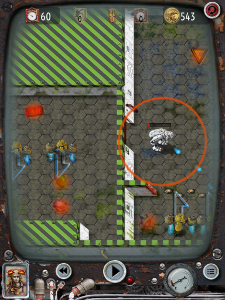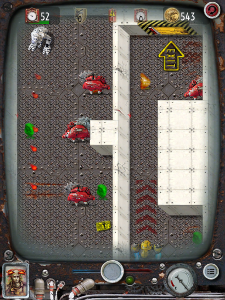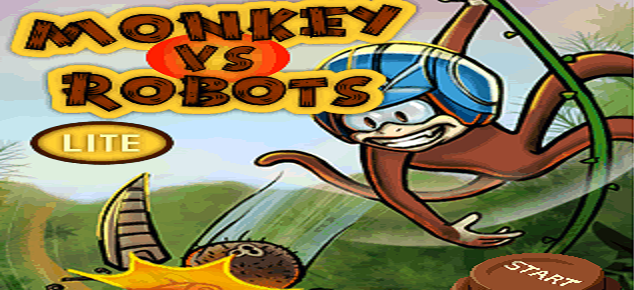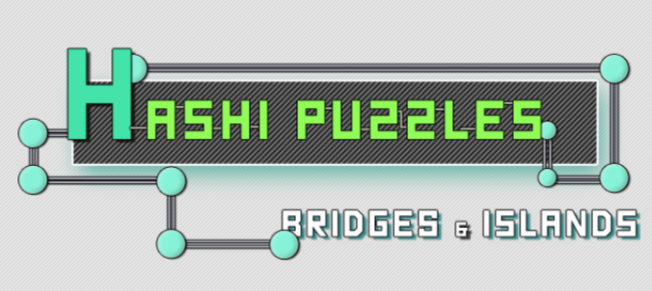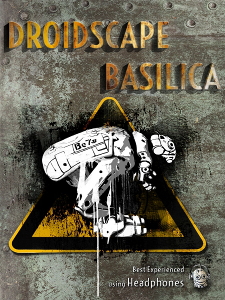 I’ve never played a puzzle game quite like Droidscape: Basilica. Part of the reason I took on the review was that there were gameplay elements implemented by Kyttaro Games that seemed both exotic and intriguing. The question then became could the iOS puzzler live up to its promise. The answer is definitely a yes, though there are a few areas where the game could improve.
I’ve never played a puzzle game quite like Droidscape: Basilica. Part of the reason I took on the review was that there were gameplay elements implemented by Kyttaro Games that seemed both exotic and intriguing. The question then became could the iOS puzzler live up to its promise. The answer is definitely a yes, though there are a few areas where the game could improve.
Droidscape has a heavy science fiction theme, though the story is brief. I won’t divulge too much of that backstory, but the ultimate goal is to free the protagonist from his holding cell using a robotic avatar. Along the way, players will be introduced to factoids about the game’s universe and the occasional story advancement shown in a kind of animated comic book style. I actually would’ve loved to learn more about the history and motivations of the different groups involved in the plot. A few more cutscenes would have also helped it feel like the story was advancing at a steady pace.
Players take on the role of the protagonist who’s managed to remotely take control of an advanced robot. On each level, the player must navigate the robot to an exit path through a series of isometric rooms. Play on each level consists of two phases, and in the first phase players draw a complete path from start to finish that their robot will follow. Part of that path must include grabbing color-coded keys to unlock doors, stopping at energy recharge stations (movement costs energy taken from a finite reserve), and avoiding robotic sentries that will kill the player on contact. As the game progresses, other types of obstacles are introduced that add an extra bit of a challenge. I felt like these changes came too far apart early in the game, which led to some slight boredom before picking up speed later.
The second phase of play is where things get interesting. Now that the path has been set, players control the robot’s movement speed using a slider control. The robot will only advance along the path if the slider is shifted to the right, and speed is controlled by how far from the center the slider is held. The robot’s course can also be reversed by moving the slider in the opposite direction. The tutorial tries its best to explain the process, but it can really only be fully understood by playing through the early stages and making a few mistakes along the way. Since the robot’s path can’t be adjusted during this phase, the player may find that he/she has to go back to the path-setting phase to adjust the robot’s course for a chance of success.
The game offers a secondary method of controlling the slider using motion-tracking through the mobile device’s camera. A turn of the player’s head in either direction is supposed to shift the slider accordingly. I never could quite get this to work consistently on the iPad despite multiple attempts in different levels of lighting. Even when I could get the robot to move, I never felt like I had the degree of control achieved when playing using the standard touch controls. Because timing is so key, I stuck almost exclusively to the touch controls. I hope the kinks will eventually be ironed out just for the novelty of being able to use it successfully.
Players are rewarded on their performance in a few areas including how quickly they complete the level, how many gems they are able to pick up along the way, and so on. Perform well, and players can spend their hard-earned currency in the Droidscape store. The one-use wares offer some small advantages like extra shielding, a longer countdown timer, or an energy refill – each of which may be the key to success on the more difficult levels. If nothing else, the gold/silver medal system is there for completionists.
I think what I eventually found most interesting about Droidscape: Basilica is that it’s basically two games in one with each level containing both a strategy puzzle and an action-based challenge. Each of those elements are both tied to the player’s success, but they offer wildly different paces and experiences. I felt like the game had some early pacing issues to overcome, but by the end I found it a very recommendable puzzle experience for iOS users.
Overall Rating: 




This game was reviewed using the iPad version 0.2. It’s available for purchase through the App Store.
© 2013, The Indie Mine. All rights reserved.

